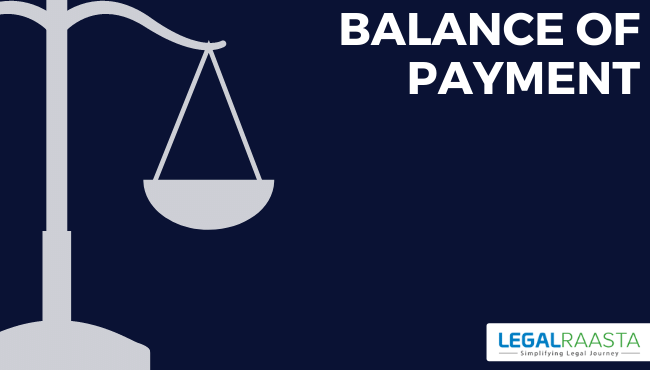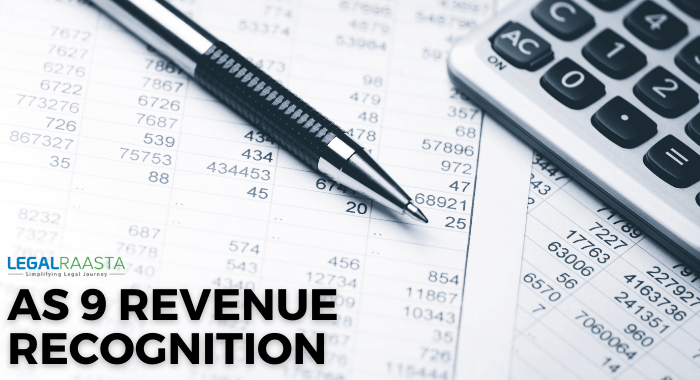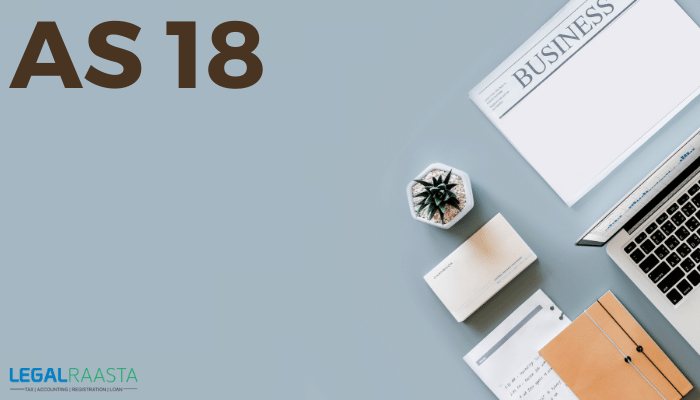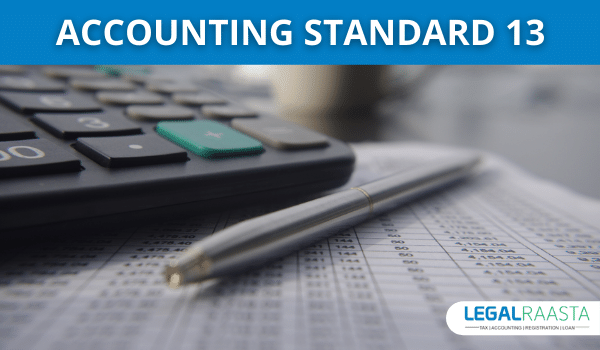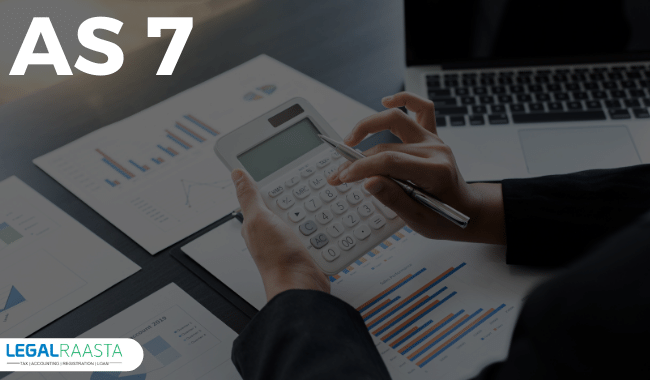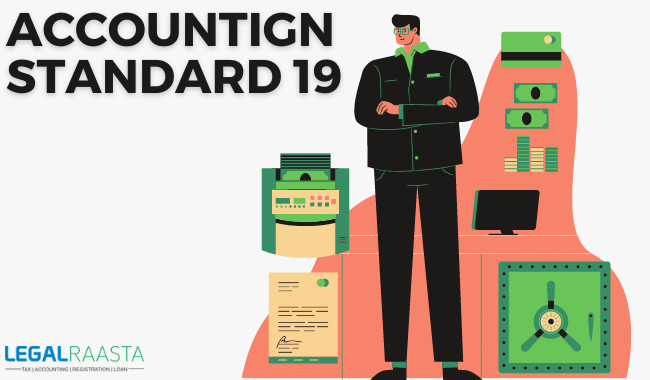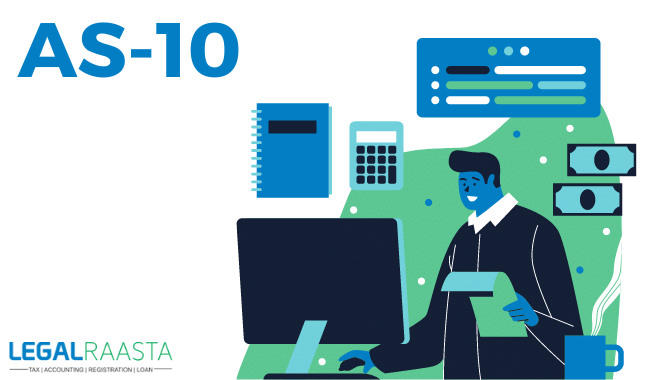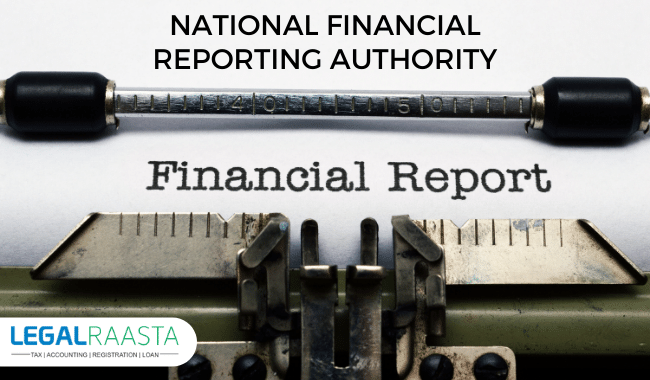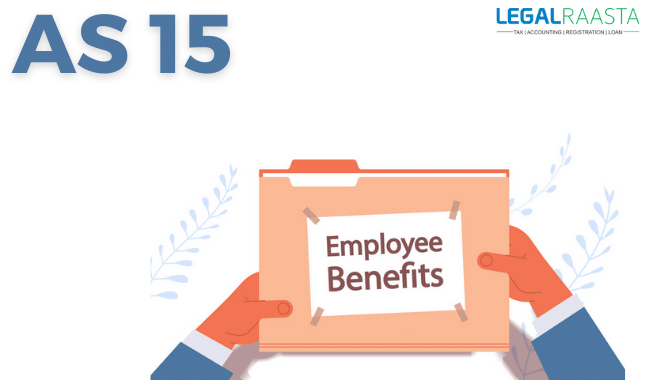Balance of Payment
The Balance of Payment (BOP) may be a statement that keeps track of all monetary transactions between citizens of the nation and therefore the rest of the world over a selected period of time. This statement summarises all transactions made by/to individuals, corporations, and the government and aids in the tracking of finances for economic development.
In a perfect circumstance, the BOP should amount to zero when all of the constituents are accurately included. This means that money inflows and outflows should be equal. However, this doesn't ideally happen in most cases
A country's Balance of payment statement shows if the country has a fund surplus or deficit, i.e. when a country's exports exceed its imports, the Balance of payments is said to be in surplus. The Balance of payments deficit, on the other hand, implies that a country's imports exceed its exports.
After all, if the items are shown on the statement, the fund's inflow and outflow should be equal. The balance of payment for a country indicates whether the country has an excess or deficiency of finances. It shows if a country's exports are more than its imports or vice versa.
The Balance of payments transaction tracking system is comparable to the double-entry accounting method. This implies that each transaction will have a debit entry and a credit entry.
Why is a country's Balance of Payments (BOP) so important?
The Balance of Payments of a country is critical for the following reasons:
- A country's Balance of Payments indicates its financial and economic situation.
- A Balance of Payments statement can be used to detect if the currency value of a country is appreciating or depreciating.
- The Balance of Payments statement aids the government in making budgetary and trade policy decisions.
- It provides crucial data for analyzing and comprehending a country's economic interactions with other countries.
By attentively examining its Balance of Payments statement and its components, one can discover tendencies that may be advantageous or destructive to the county's economy and, as a result, take appropriate action.
Components of Balance of Payment
The current account, capital account, and finance account are the three components of the balance of payment. In ideal circumstances, the entire of present account must balance with the entire of capital and finance accounts.
Current Account
The current account is used to track the flow of goods and services in and out of countries. This account is used to track all raw material and manufactured goods receipts and payments.
It also comprises royalties from patents and copyrights, as well as receipts from engineering, tourism, transportation, business services, stocks, and royalties from business services. When all of the commodities and services are added together, the balance of trade of a country is calculated (BOT).
There are several types of international trade and transfers that take place. Trading, unilateral transfers, or other payments/receipts could all be examples. Visible things are interchange goods between countries, while invisible items are import/export of services (banking, information technology, and so on).
Money delivered as presents or donations to inhabitants of other countries is referred to as unilateral transfers. Personal transfers, such as money paid by relatives to relatives in another nation, are another example.
Capital Account
The capital account keeps track of all capital transactions between countries. The purchase and selling of non-financial assets such as land and properties are examples of capital transactions.
The capital account also includes the flow of taxes, the acquisition and sale of fixed assets, and other transactions involving migrants moving out of/into another country. Finance from the capital account is used to manage the current account deficit or surplus, and vice versa.
A capital account has three primary components:
- Loans and borrowings - This category encompasses all forms of loans made in foreign countries by both the private and state sectors.
- Non-residents' investments incorporate stocks are known as investments.
- Foreign exchange reserves - The capital account is influenced by foreign currency reserves held by a country's central bank to monitor and control the exchange rate.
Financial Account
The financial account monitors the movement of funds from and to foreign countries through various investments in real estate, business endeavors, and foreign direct investments, among other things. The changes in foreign ownership of domestic assets and domestic ownership of foreign assets are tracked in this account. It is possible to determine if the country is selling or purchasing more assets by examining these developments (like gold, stocks, equity etc).
Illustration
If the value of exported goods from India in 2018 is Rs. 80 lakh and the value of imported goods into India is Rs. 100 lakh, India will have a trade imbalance of Rs. 20 lakh in 2018. The BOP statement is used as an economic indicator to determine if a country has a trade deficit or surplus. Analyzing and comprehending a country's BOP entails more than just subtracting outflows from inflows. As previously stated, the BOP has several components and swings that provide a clear indicator of which sectors of the economy need to be improved.
Also, read
A Beginner’s Guide to The Accounting Cycle
Concept of Accounting standards- A Study
AS 3 – Cash Flow Statements

